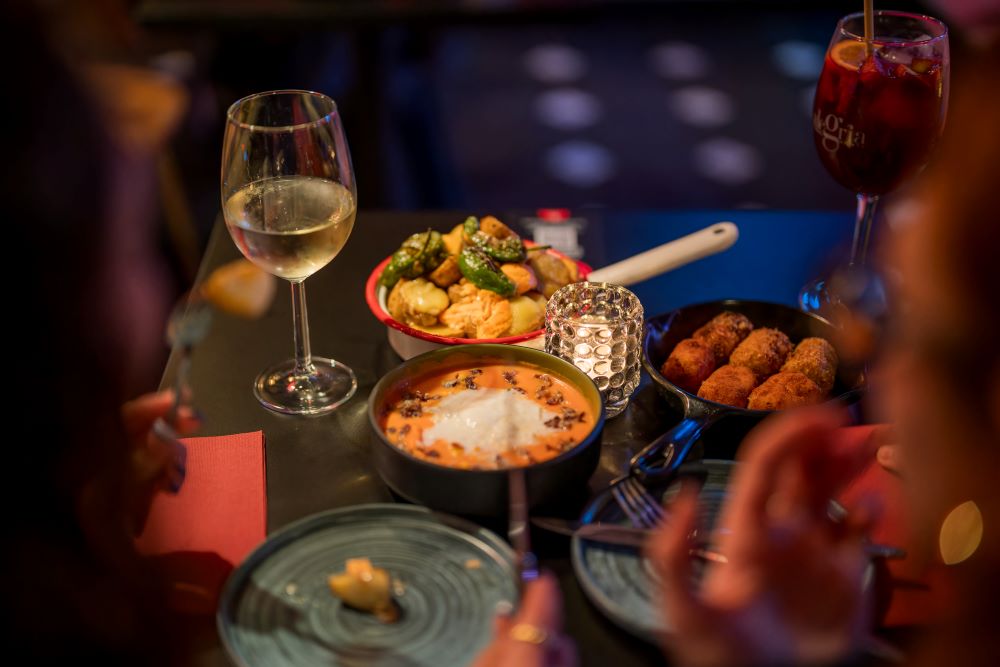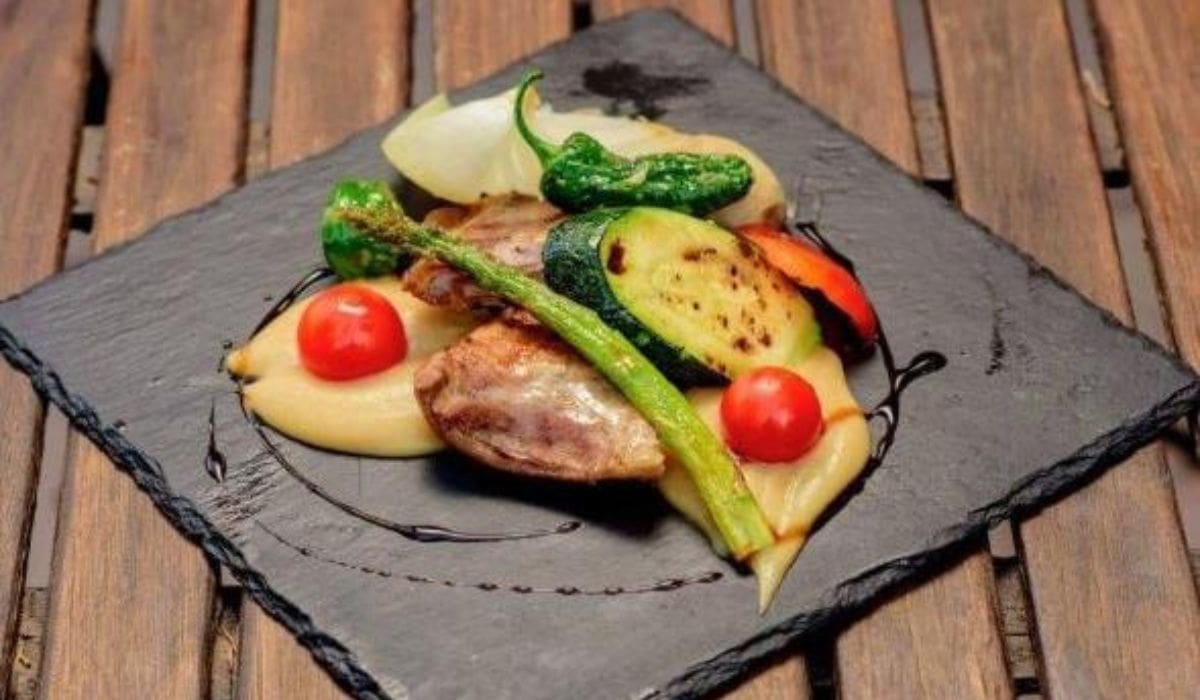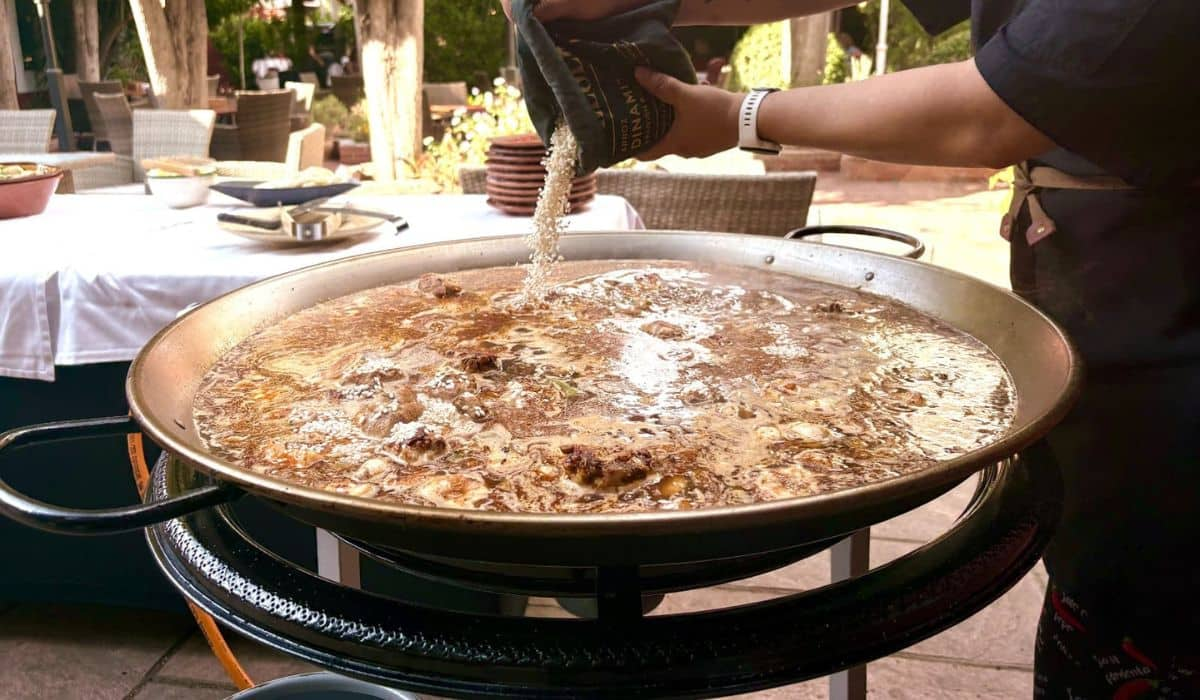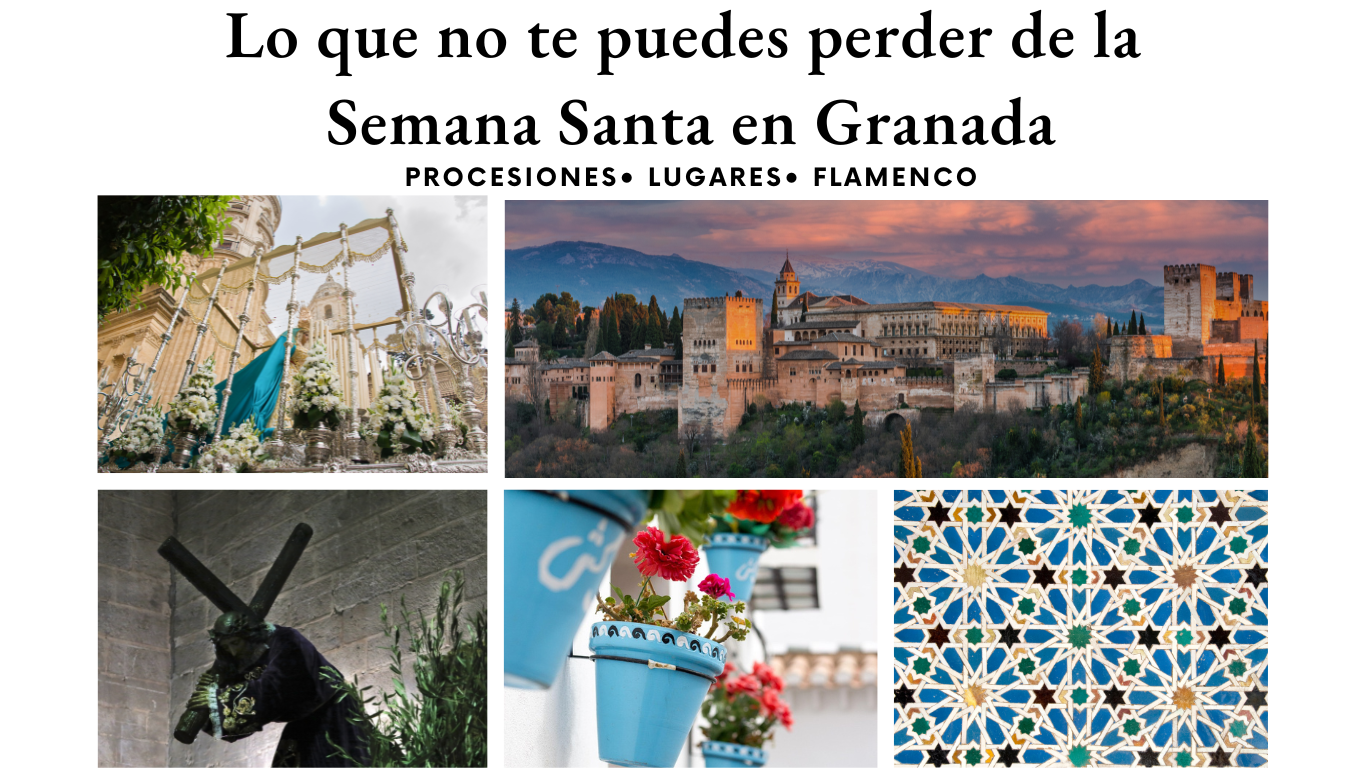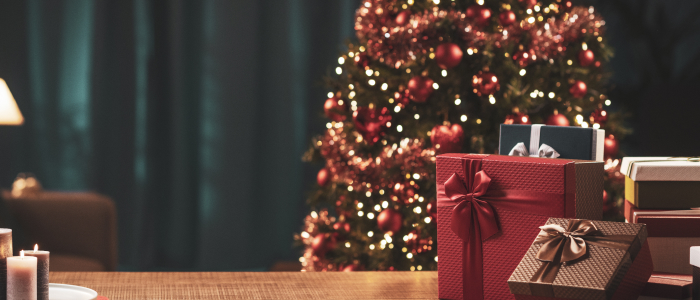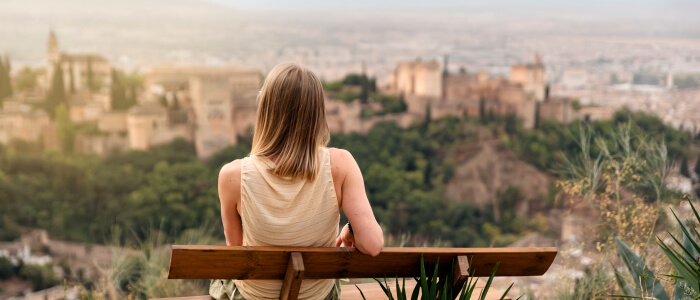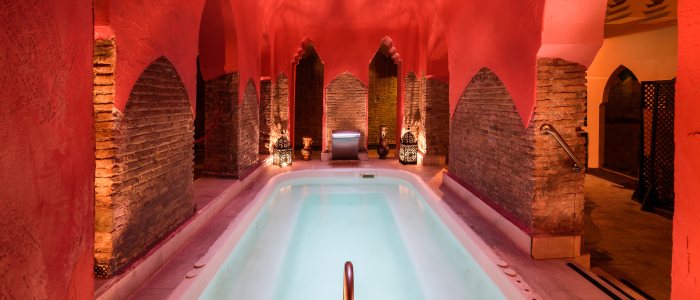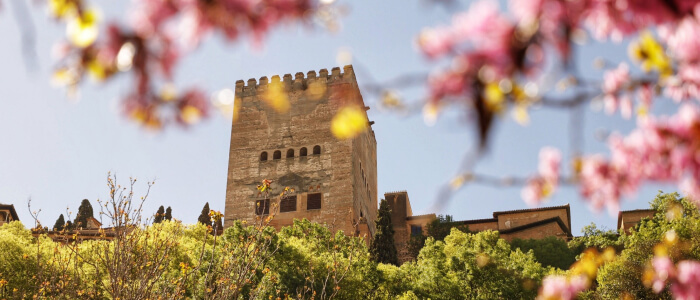The flamenco genre is characterized by combining singing, dancing and masterful guitar playing in a single art, the fusion of these disciplines creates a wonderful result that everyone should see live at least once in a lifetime.
However, for magic to be born, other tools are needed that go beyond the guitar and that are the ones you will discover today in the Jardines de Zoraya blog.
The following are the most used flamenco instruments and we remind you that if you want to discover its charm live, you will find us at C. Panaderos, 32, Albaicín, Granada. Let’s get started!
The 5 most used flamenco instruments
1- The Flamenco Guitar:
We could say that the flamenco guitar is really the heart of flamenco.. It differs from the classical guitar by a brighter sound and by the strumming technique, which consists of making two or more strings vibrate simultaneously.
In fact, the flamenco guitarist must have an almost masterful command of the guitar to do it well, since the way it is played combines fast and precise strumming, strokes, and plucking. combines fast and precise strumming, strokes and plucking, which requires a great deal of experience towhich requires great experience to accompany the cantaores. cantaores and dancers in a harmonious way.
Another point that makes this instrument almost celestial is its powerful capacity to transmit emotions. its powerful capacity to transmit emotionsThe flamenco guitar is capable of evoking joy, passion, sadness and countless other feelings. Something that you will only understand when you visit a flamenco tablao, because the intense emotions cannot be described in words.
2- The drawer:
The cajón is actually a percussion instrument, and although its origin dates back to Peru, over the years it has earned a well-deserved place in the history of flamenco. history of flamenco thanks to Paco de Lucia.
Within this genre, is mainly used to mark the compás and the rhythmic base; the cajon player usually sits on top of the cajón to play it.The cajon player usually sits on top of the cajon to play it, and usually does so with his own hands or with sticks (although the latter is less common).
It can also be used as a solo instrument, and its presence in the world of flamenco is relatively new, which has expanded the sonic possibilities of a musical genre that transcends the passage of time like few others.This has broadened the sound possibilities of a musical genre that transcends the passage of time like few others.
3- The castanets:
This popular flamenco instrument consists of two small pieces of wood in the shape of a shell, which when struck together create a unique and beautiful sound.
Although we all think of the castanets as a 100% Spanish instrument, the truth is that their origin dates back to ancient times. its origin dates back to ancient times, with records of its use in Phoenician, Greek and Roman cultures.There are records of its use in Phoenician, Greek and Roman cultures.
Currently, they are mainly used to mark the rhythm of the music on the tablao and, contrary to popular belief, they require a lot of technique and practice to fully master them, being one of the biggest challenges faced by musicians and flamenco dancers.
4- “El zapateao flamenco”.
The zapateao or flamenco footwork is also considered an instrument within this beautiful art form, because although it is actually a dance style, the rhythmic, strong, and passionate strikes of the shoes against the floor create a characteristic rhythm that accompanies the other instruments, and sometimes we can also hear it solo.
Thanks to the energy and the strong passion it gives off, the zapateao is one of the most intense and expected moments in a flamenco performance, the zapateao is one of the most intense and awaited moments in a flamenco performance.. Of course, special shoes with very hard heels and soles must be worn to create loud sounds that can be heard away from the stage.
In addition, for the zapateo to be performed correctly, not only the feet should move, but it should be accompanied by firm movements with the arms and the rest of the body. should be accompanied by firm movements with the arms and the rest of the body, being another of the flamenco disciplines that requires more practice and improvement.This is another of the flamenco disciplines that requires more practice and improvement.
5- The palms:
The palmas (hand clapping) are another of the most used flamenco instruments.They have the advantage that they do not need any element beyond the artist’s own hands.
The technique consists of using the hands and fingers to create rhythmic and characteristic sounds, being also a form of communication between the artists. a form of communication between the artists, who use them toThey use them to mark the different rhythms and musical measures.
Another moment where palmas are also used a lot in flamenco is when you want to emphasize the most intense or important moments. to emphasize the most intense or important moments. of a song or choreography. Such is the point that clapping is considered to be part of the purest essence of flamenco, and therefore there are also different patterns and techniques that artists must master if they want to do it correctly.
Now that you know the most used flamenco instrumentsYou may have noticed the enormous effort and technique that singers and dancers must put in to create impressive performances. If you want to enjoy some of the best flamenco shows in GranadaRemember that we are waiting for you in Jardines de Zoraya, our flamenco tablao with restaurant included.

